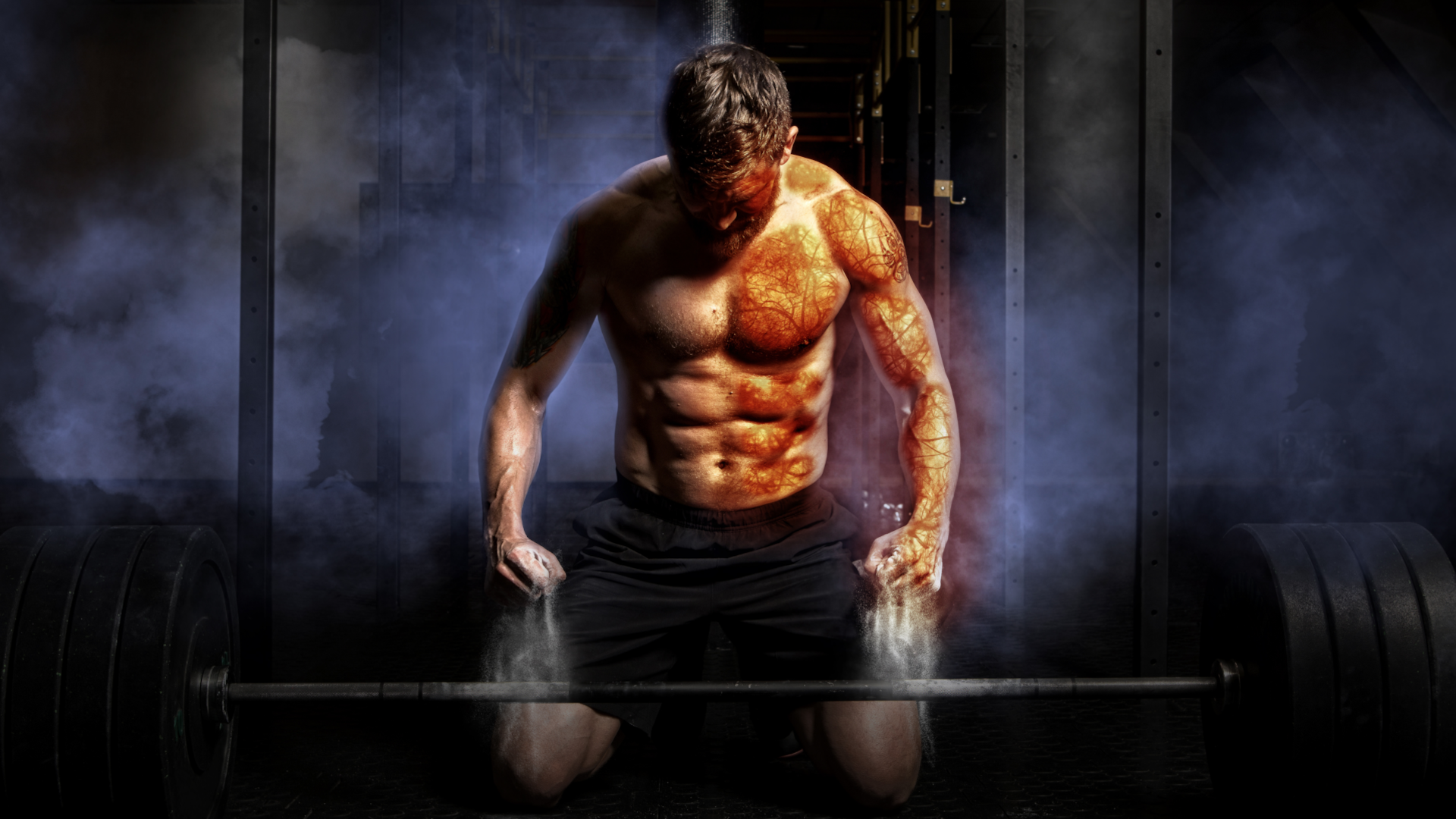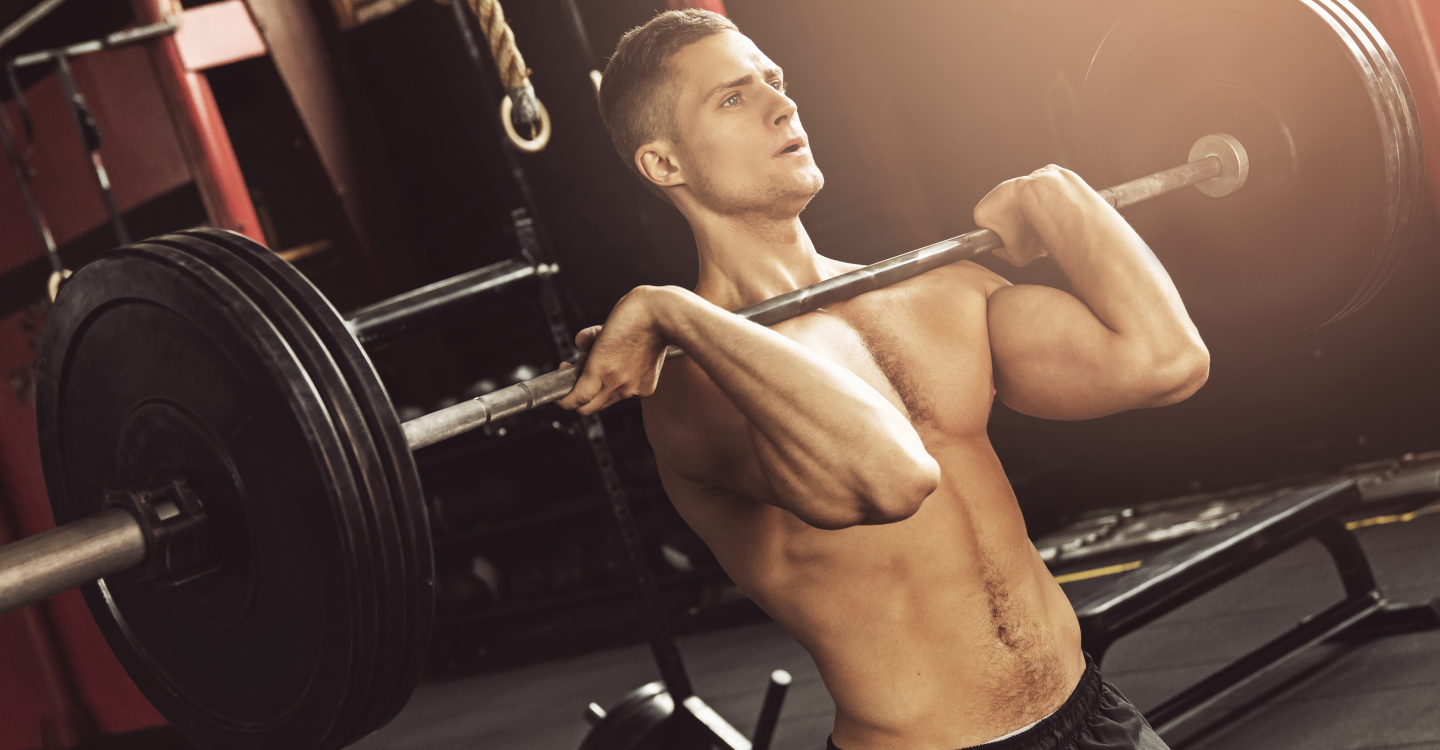There are literally thousands of muscle building articles available at your fingertips, and the majority of them will recommend some crazy new technique in order to get bigger and stronger. But do you need the latest tricks and equipment in order to achieve your goals of size and strength? As science is revealing, you don’t.
The PHUL workout (Power Hypertrophy Upper Lower) looks back to what the pioneers of bodybuilding and powerlifting were doing: compound movements. Considered foundational exercises by today’s standards, when you pair these exercises with the PHUL routine split, you’ll be amazed at your results.
Let’s breakdown this 4-day split and explore the exercises and acute variables within the PHUL workout routine. We’ll also help you understand the difference between the PHAT vs PHUL workouts.
- What is the PHUL Workout?
- What is the PHUL Program Best for?
- Exercises in PHUL Program
- Benefits of PHUL Workout
- 7 Days PHUL Workout Training Program
- Importance of Warming Up
- Choosing Your Weight
- PHUL Workout Split
- The Difference Between PHUL and PHAT Workouts
What is the PHUL Workout?

The PHUL workout stands for Power Hypertrophy Upper Lower, and it is designed to improve both strength and muscle growth through the use of compound exercises such as squats and deadlifts with a few isolation exercises to completely fatigue the muscle.
The PHUL workout captures the best of both worlds: powerlifting and bodybuilding. Unlike a traditional powerlifting workout, PHUL has the goal of increasing strength and raw force output over time, not striving to make immediate gigantic leaps in order to increase your overall personal best.
What’s more, the PHUL program isn’t focused exclusively on muscle hypertrophy or increasing muscle size without improving power and strength. This program does both by using proven exercises as well as a specific set of acute variables.
The most unique variable of the PHUL workout is that every muscle group is targeted twice per week. Studies show that this creates an ideal environment for both strength increases and muscle growth while minimizing the risk of over-training, assuming you are focusing on rest and recovery.
What is the PHUL Program Best for?
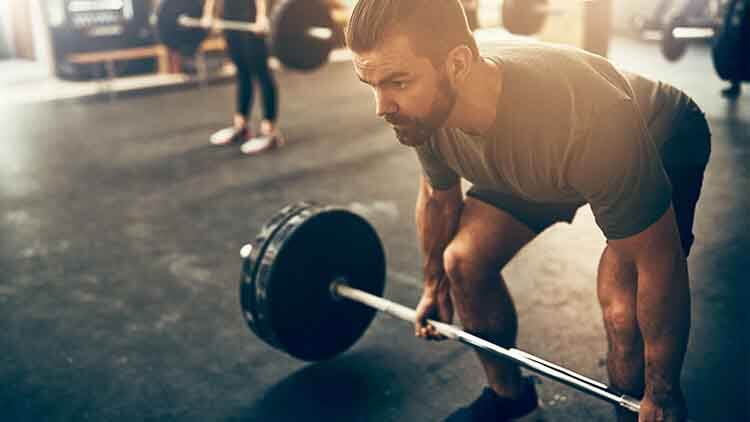
The PHUL workout is ideal for those people who have the following types of fitness goals:
Power and Strength: Since the PHUL program dedicates two of the four days to improving strength, this is going to make it great for anyone who wants to safely and progressively increase their overall strength. Plenty of anecdotal reports have found that numbers on the big three (squat, deadlift, bench press) also get a nice boost.
Hypertrophy (Muscle Growth): The other two days in the PHUL program are focused on hypertrophy or the act of fatiguing the muscle to the point of needing to get bigger to meet the workload of the weightlifting program. In other words, by following the PHUL workout, you’re going to see an increase in muscle growth. The PHUL workout wouldn’t be ideal for experienced bodybuilders, but it’s a great stepping stone if your ultimate goal is to enter a competition.
Weight Loss: The PHUL workout isn’t designed to be ideal for weight loss; however, studies show that just like with any strength training workout, you will notice increased fat burning if you stick to the program. It’s important to remember that fat burning and overall weight loss is dependent upon your nutritional choices.
Exercises in PHUL Program

The PHUL workout routine is based primarily on compound exercises. These are movements that utilize the greatest number of muscle groups in order to perform the exercises. Some examples of PHUL exercises you’ll see in the program are squats, deadlifts, bench press, overhead press, and lunges.
Compound exercises create the foundation of the PHUL workout because they have been shown to generate the greatest results as far as strength and muscle are concerned. The more muscles you can activate from one exercise, the more you’ll push your body to adapt to the training load.
The PHUL workout does include a few isolation exercises, but this is more for ensuring the muscle reaches a level of complete fatigue.
Benefits of PHUL Workout
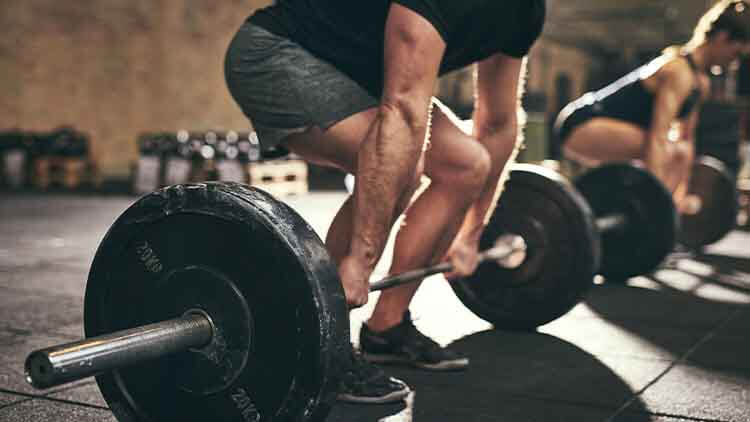
With the availability of seemingly endless muscle-building workouts, what makes the PHUL workout so unique? Here are a few benefits of the PHUL program:
More Variety, More Muscle: One of the best reasons to use a PHUL workout routine is because of how the variety of the routine will help to speed up the muscle-building process. One study found that subjects who used a varied training program like the PHUL workout gained more muscle than those who used a static set to repetition range.
Each Muscle, Twice Per Week: As we alluded to above, a workout system that targets your muscle groups twice per week is going to produce better results than a traditional one muscle group per day, per week format. One study found that targeting each muscle group twice per week resulted in more muscle gains in a quicker amount of time.
Functional Muscle Building: The PHUL workout routine incorporates exercises that serve a purpose outside of the weight room. Exercises such as the deadlift and squat can improve your day-to-day functionality in ways you might not realize. For example, by focusing on increasing the strength in your hip flexors via the deadlift, you’ll be able to perform bending tasks such as picking up groceries or your kids without the worry of injury.

7 Days PHUL Workout Training Program

You’re convinced that you found that ideal muscle and strength program, so now it’s time for us to deliver. Below, you’ll find the complete PHUL workout routine including acute variables, frequency, and exercises.
Importance of Warming Up
Before we dive into the program, let’s discuss the importance of the warm-up. You’re going to be targeting major muscle groups twice per week with compound movements. In order to decrease the risk of injury, we highly recommend warming up before each workout. This can include a 5 to 10-minute light cardio session with dynamic stretching. The ideal is to prep your muscles before you start pushing the weights.
We also recommend performing a warm-up set for the first few exercises. This is when you use 50% to 60% of your one-repetition maximum to get the muscles ready to move a lot more weight in the following sets.
Choosing Your Weight
When you’re looking at that row of dumbbells, you might not be sure which weight to select for that exercise. A general rule of thumb is to go with the weight that allows you to reach the prescribed repetitions, but you should be struggling with that last repetition.
For example, if the exercise calls for 8 reps, choose a weight that you know you can move six times but that might give you trouble on the seventh or eighth rep.
PHUL Workout Split
As we mentioned above, there will be four working days in the program; two days are dedicated to strength and the other two are focused on muscle building. The structure of your workout week will look like this:
Day 1: Upper Body Power
Day 2: Lower Body Power
Day 3: Rest and Recovery
Day 4: Upper Body Hypertrophy
Day 5: Lower Body Hypertrophy
Day 6: Rest and Recovery
DAY 1: UPPER BODY POWER
Dumbbell Bench Press: 3 sets of 3 to 5 repetitions
Incline Barbell Bench Press: 3 x 6 – 10
Bent Over Row: 3 x 3 – 5
Narrow Grip Lat Pulldown: 3 x 6 – 10
Dumbbell Overhead Press: 2 x 5 – 8
Hammer Curls: 2 x 6 – 10
Rope Pushdown: 2 x 6 – 10
DAY 2: LOWER BODY POWER
Barbell Squat: 4 sets of 3 to 5 repetitions
Barbell Deadlift : 4 x 3 – 5
Plate-Loaded Leg Press: 5 x 10 – 15
Leg Curl: 4 x 6 – 10
Calf Exercise: 4 x 6 – 10
DAY 4: UPPER BODY HYPERTROPHY
Incline Dumbbell Bench Press: 3 sets of 8 to 12 repetitions
Flat Bench Dumbbell Fly: 3 x 8 – 12
Seated Single-Arm Cable Row: 3 x 8 – 12
One-Arm Dumbbell Row: 3 x 8 – 12
Dumbbell Lateral Raise: 3 x 8 – 12
Seated Incline Dumbbell Curl: 3 x 8 – 12
Cable Triceps Overhead Extension: 3 x 8 – 12
DAY 5: LOWER BODY HYPERTROPHY
Barbell Front Squat: 4 sets of 8 to 12 repetitions
Dumbbell or Kettlebell Lunge: 4 x 8 – 12
Leg Extension: 3 x 10 – 15
Leg Curl : 3 x 10 – 15
Seated Calf Raise: 3 x 8 – 12
Calf Press: 3 x 8 – 12
The Difference Between PHUL and PHAT Workouts
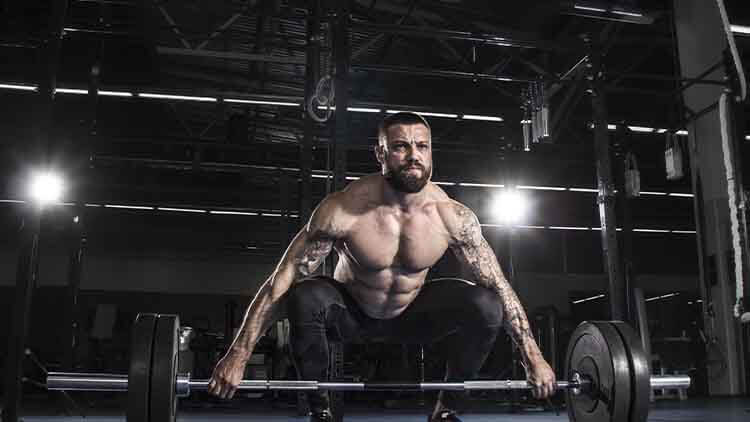
If you discovered the PHUL workout routine, then there’s a great chance that you came across the PHAT workout as well. Both workouts are focused on increasing overall strength and muscle size, but the biggest differences are as follows:
Training Days: The PHAT workout focuses on five training days, allowing for a greater number of overall sets and repetitions, better known as training volume.
Overall Volume: Continuing with the point above, given that extra day in the program, the PHAT workout has a substantially higher total repetition count. How much more? If followed accordingly, the PHAT workout racks up over 500 reps while the PHUL workout only allows for just over 250.
Hypertrophy-Focused: Given the higher rep range, it’s no surprise that the PHAT workout is more focused on muscle growth over strength gains.
Conclusion
The PHUL workout is an ideal exercise system for those looking to increase strength, boost muscle mass, and learn the fundamentals of fitness. While it may not be as hardcore as the PHAT workout, it will still produce impressive results and you may even want to look at it as a stepping stone to a more challenging program once you hit your goals.
Over 299,434 purchases
Over 509,389 bottles sold
Over 30,563,340 pills taken
